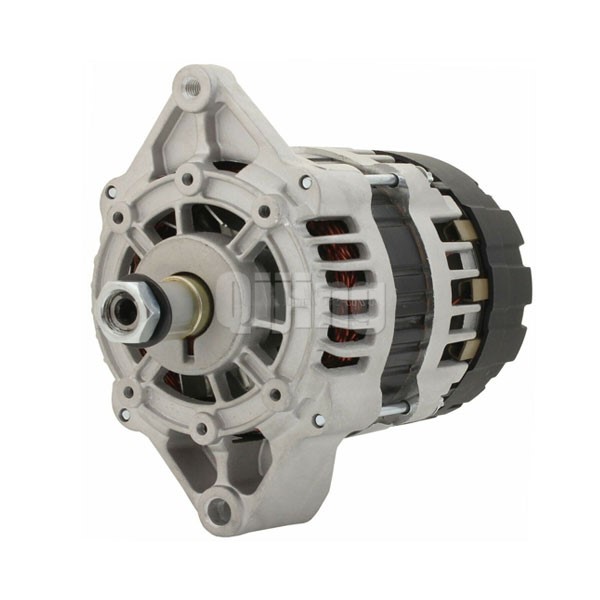Technical Analysis of Cummins Alternator August 9, 2023 – Posted in: Technical News
The Cummins alternator is an essential component of modern automotive and industrial systems, responsible for generating electrical power to recharge the battery and power various electrical systems. This technical analysis explores the core features, applications, and market outlook for Cummins alternators, highlighting their significance in diverse industries.

Alternator Specifications and Features
- Electromagnetic Induction: The alternator operates on the principle of electromagnetic induction, converting mechanical energy from the engine into electrical energy.
- Voltage Output: Cummins alternators typically produce output voltages ranging from 12V to 24V, depending on the application’s requirements.
- AC-to-DC Conversion: Alternators generate alternating current (AC), which is then rectified to direct current (DC) through a rectifier diode bridge before being used to charge the battery and power the vehicle’s electrical systems.
- Regulation: Voltage regulation systems ensure that the output voltage remains within acceptable limits, preventing overcharging or undercharging of the battery.
Applications and Versatility
The Cummins alternator finds its application across a broad spectrum of industries:
- Automotive: Alternators play a vital role in automotive systems, powering lights, air conditioning, infotainment systems, and other electrical components while recharging the battery.
- Industrial Machinery: From construction equipment to manufacturing machinery, alternators provide electrical power for various systems, enhancing efficiency and productivity.
- Marine: In marine applications, alternators power navigation equipment, lighting, communication systems, and more while ensuring reliable battery charging.
- Generators: Alternators are integral to generator sets, converting mechanical energy from engines to electrical power, delivering electricity during power outages or in remote locations.
Market Trends and 2023 Prospects
The Cummins alternator market is poised for growth in 2023 due to several key trends:
- Electric Vehicle Expansion: As the electric vehicle market expands, traditional alternators may be complemented by advanced electrical systems for charging and power distribution.
- Hybrid Systems: Hybrid vehicles combine internal combustion engines with electric propulsion. Cummins alternators can play a role in hybrid powertrains, regenerating power during braking and assisting the engine.
- Renewable Energy: Cummins alternators can be integrated into renewable energy systems such as wind turbines, where they convert mechanical energy to electricity for grid feed-in.
- Remote Work Solutions: The growing demand for remote work solutions drives the need for reliable power generation in remote areas, making Cummins alternators vital in generator sets.
Conclusion
The Cummins alternator is an indispensable component in automotive, industrial, and marine systems, ensuring continuous electrical power supply and efficient battery charging. With its technical precision, electromagnetic principles, and adaptability to various applications, it remains a critical part of modern machinery. As we venture into 2023, the Cummins alternator market is expected to evolve alongside shifts in vehicle propulsion technologies, energy needs, and the continuous quest for more efficient and reliable power solutions.